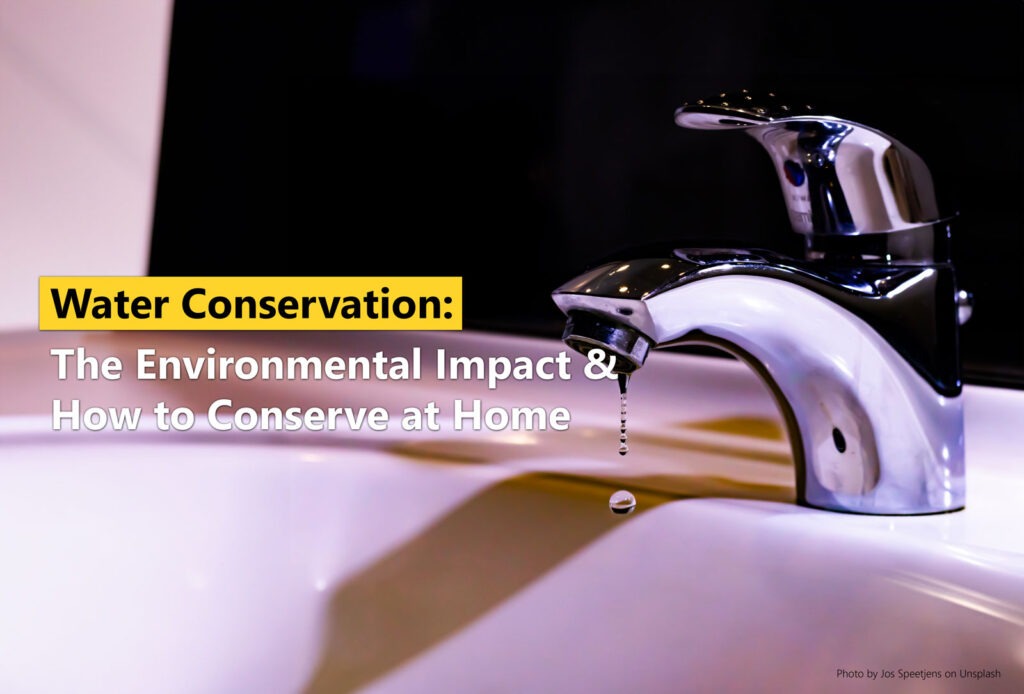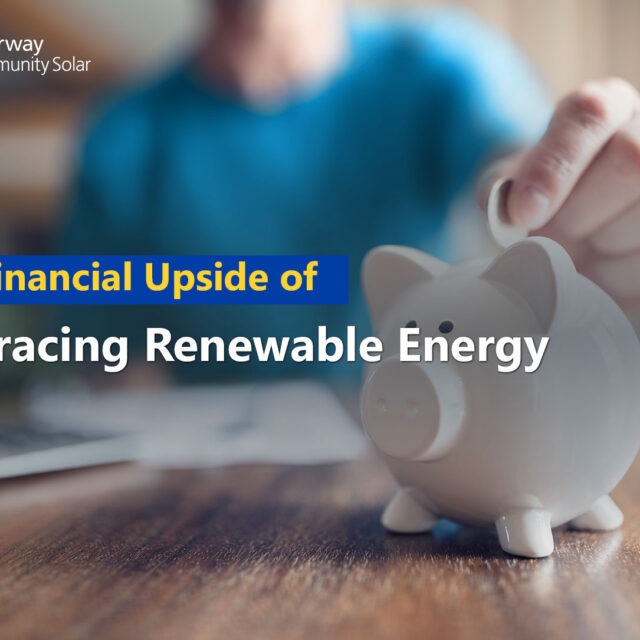
An Overview of the Water Scarcity
Water is the most important resource on Earth. Not only do humans need water for our cells to function and survive, but the environment needs healthy water resources to keep ecosystems functioning properly. For example, rivers and wetlands need to maintain proper amounts of water in order to be suitable habitats and food sources for fish, birds, and other wildlife.
Fresh, clean water is a limited resource that many of us take for granted. While 71% of the planet is made of water, only 3% of that water is freshwater — and of that, only about 1.2% can be used as safe drinking water. The rest of that freshwater is locked up in glaciers or stored deep underground in aquifers.
The numbers mentioned above are not going to change. This is because Earth is a closed system — very little matter, including water, ever leaves or enters the atmosphere. The water we have on this planet now is all we will ever have, and the water that you drink today is ancient and has likely gone through the water cycle many times before reaching your lips. It may have once been in a dinosaur’s belly or it could have been locked underground for millions of years before flowing from a freshwater spring.
If you stop to think for a minute about how important water is, how much we depend on it for drinking water, bathing, energy production, agriculture, landscaping, mining, textile manufacturing, and so much more, then the importance of good water management becomes clear. Every five years, the USGS provides national estimates of water withdrawal and consumptive water use, and they are currently analyzing data for a 20-year period from 2000 to 2020 for the three largest water use categories nationally (public supply, thermoelectric power, and crop irrigation).
With regard to water consumption, whenever someone uses up water from a reservoir or other water supply, that water is no longer available for others to use until it goes back through the water cycle.
In a nutshell, water scarcity comes down to this: the usage and amount of water we use continues to increase across the globe, while the rate that water is returned to reservoirs in a usable form is staying the same.
Where is Water Conservation an Issue?
While water conservation is a shared, global issue, here in the U.S. the states most impacted by drought and water shortages are the places where good home water conservation practices are needed most. This includes Colorado, California, Nevada, New Mexico, Utah, and Arizona. In particular, the Colorado River Basin and its two reservoirs (Lake Powell and Lake Mead) have hit historically low levels in recent years. In some areas, there is an overlap between places that are experiencing water scarcity and places that have the highest water withdrawals. The USGS found that in 2015, over 50% of the total water withdrawals in the U.S. were accounted for by 12 states:
- California
- Texas
- Idaho
- Florida
- Arkansas
- New York
- Illinois
- Colorado
- North Carolina
- Michigan
- Montana
- Nebraska.
It’s also important to note that much of the accelerated water shortage issues experienced across the world are linked to climate change. As weather and global water patterns change, this leads to shortages and drought conditions in some areas and floods in others.
How You Can Conserve Water at Home
While there are water conservation programs put in place by government agencies, like the Environmental Protection Agency (EPA), you can make an impact at home, too. Here is a list of some simple water-saving habits you can put into practice today to increase your water efficiency and reduce your water footprint.
- Check your pipes, faucets, tubs, and toilets for leaks.
- Turn off the faucet while lathering hands, body, or dishes with soap.
- Use wash and rinse basins and cut down on the amount of water used for washing and rinsing dishes.
- Install a water and energy efficient dishwasher.
- Turn off the water while brushing your teeth or shaving.
- Take shorter showers.
- Install low-flow showerheads that have the WaterSense label. Showerheads with this label use no more than 2.0 gallons of water per minute — standard showerheads use 2.5 gallons per minute (gpm).
- Water your lawn only when it needs it. If there’s a lot of rain in the forecast, turn sprinklers off.
- Set your sprinklers to run in the early morning to reduce evaporation.
- Position your sprinklers to ensure the water lands on your lawn or garden, not wasted on concrete or gutters.
- Plant drought-resistant trees and plants around your home.
- Put full loads in your washing machine rather than multiple small loads.
What Types of Renewable Energy Rely On Water?
As mentioned earlier, water has many uses, ranging from human consumption and showering to manufacturing and energy production. Many people are unaware that in the U.S. and Europe, more than half of water usage goes to power generation. In fact, thermoelectric power plants that burn fossil fuels (i.e., coal, oil, natural gas) to produce energy, as well as nuclear plants, use a lot of water to create steam to turn turbines and for the cooling systems. This is why so many power plants are located next to large water sources.
Water is also used in the production of various types of renewable energy. The most obvious one is hydroelectric energy, which utilizes the kinetic energy of water stored in dams and flowing rivers to produce electricity. Another example is tidal energy, also known as ocean mechanical energy, which utilizes the constant movement of the waves to produce electricity.
While both hydroelectric and tidal energy use water as the primary source of energy production, neither of them require the direct consumptive use of water. In other words, water is not “extracted” and used in a way that makes it unavailable or unusable afterwards (such as with thermoelectric plants that withdraw large amounts of water). However, there can still be water loss associated with hydroelectric production. For example, a portion of the water stored in man-made reservoirs can evaporate before it is used for energy production or can seep from a dam.
Some water is even used in the manufacturing process of semiconductors and in solar energy production for the purpose of cleaning solar collection and reflection surfaces like mirrors, heliostats, and photovoltaic panels.
Learn More About Water Usage
Knowledge is the first step to becoming a water conservation hero. Want to learn more about the water cycle and smart water usage? We have a few fun at-home projects that are great for the whole family to learn more about water. You can experiment with the water cycle, make a homemade solar still to create clean water using the sun’s energy, or even experiment with water filtration solutions at home. If you’re interested in learning more about hydroelectric power, try building your own hydroelectric dam and figure out how to make it more efficient.
You can also calculate your water footprint to figure out where you may be able to use less water at home.









